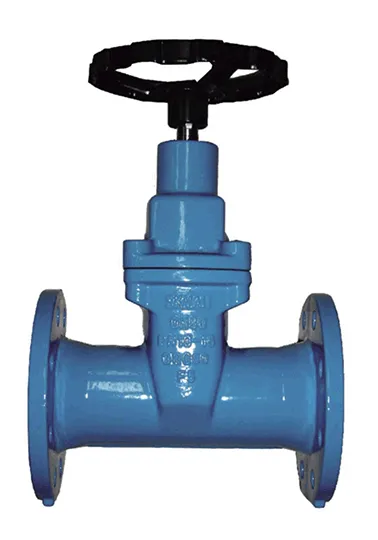nóv . 16, 2024 20:29 Back to list
rubber joint plumbing fittings
Rubber Joint Plumbing Fittings A Comprehensive Overview
Plumbing systems are essential infrastructure components, enabling the flow of water, gas, and waste in residential, commercial, and industrial environments. Among the various fittings and components that contribute to the integrity and functionality of plumbing systems, rubber joint plumbing fittings hold a crucial position. This article explores the significance, applications, advantages, disadvantages, and installation aspects of rubber joint plumbing fittings.
What Are Rubber Joint Plumbing Fittings?
Rubber joint plumbing fittings are flexible connectors designed to accommodate minor misalignments and vibrations between pipes. These fittings are made from durable rubber materials, often reinforced with fabric or metal to enhance their tensile strength and longevity. The elasticity of rubber allows for smooth transitions and adjustments, making it easier to connect different types of pipes or equipment without compromising the integrity of the plumbing system.
Applications of Rubber Joint Plumbing Fittings
Rubber joint fittings are widely utilized in various plumbing applications
1. Water Supply Systems They are commonly used in water supply lines for residential and commercial properties. Their flexibility helps absorb pressure changes and vibrations within the system, reducing the risk of joint failure.
2. Drainage Systems In drainage applications, rubber joints can accommodate thermal expansion and contraction due to temperature fluctuations, ensuring a secure and leak-free connection.
3. HVAC Systems In heating, ventilation, and air conditioning (HVAC) systems, rubber joint fittings are used to connect ductwork and piping. They help minimize noise and vibrations generated by the system, enhancing operational efficiency.
4. Industrial Applications Many industries, including chemical and petrochemical, utilize rubber joint fittings in their piping systems to manage the flow of various fluids and gases. These fittings can handle a range of pressures and temperatures, making them suitable for demanding environments.
Advantages of Rubber Joint Plumbing Fittings
1. Flexibility and Adaptability The most significant advantage of rubber joint fittings is their ability to accommodate misalignments and vibrations. This flexibility helps to reduce stress on pipes and joints, prolonging the lifespan of the plumbing system.
2. Ease of Installation Rubber joints can be quickly installed without the need for specialized tools. Their lightweight nature allows for convenient handling and positioning during installation.
3. Corrosion Resistance Many rubber joint fittings are resistant to corrosion and chemical damage, making them suitable for a variety of fluids and gases. This resistance helps maintain the integrity of the plumbing system over time.
rubber joint plumbing fittings

4. Vibration Dampening Rubber materials effectively dampen vibrations, which is particularly important in systems where equipment may generate noise or movement. This aspect contributes to a quieter operational environment.
Disadvantages of Rubber Joint Plumbing Fittings
1. Temperature Limitations While rubber joints offer flexibility, their performance can be affected by extreme temperatures. High temperatures may cause rubber to degrade, while lower temperatures can make it less effective.
2. Limited Pressure Capacity Depending on the specific type of rubber joint, there may be limitations on the maximum pressure it can handle. It’s essential to understand the pressure requirements of the plumbing system to select the appropriate fitting.
3. Potential for Wear and Tear Over time, exposure to harsh chemicals or environmental conditions can lead to wear and deterioration of rubber fittings. Regular inspection and maintenance are crucial to ensure their continued effectiveness.
Installation Considerations
Installing rubber joint plumbing fittings requires attention to detail to ensure a proper seal and function. Here are some best practices
1. Selection of the Right Size Choose rubber joints that match the size and type of pipes being connected.
2. Proper Alignment Ensure that pipes are adequately aligned before connecting the fitting to prevent unnecessary stress on the joint.
3. Torque Specifications Follow the manufacturer's torque specifications when tightening any bolts or clamps associated with the rubber joint to avoid damaging the material.
4. Regular Inspections Periodically inspect rubber joints for signs of wear, such as cracks or leaks, and replace them as needed to maintain system integrity.
Conclusion
Rubber joint plumbing fittings play a vital role in maintaining the efficiency and longevity of plumbing systems. Their flexibility, ease of installation, and resistance to corrosion make them an excellent choice for various applications. However, it is essential to consider their limitations and perform regular maintenance to ensure optimal performance. Embracing the benefits of rubber joint fittings can lead to a more resilient and efficient plumbing infrastructure for any property.
Share